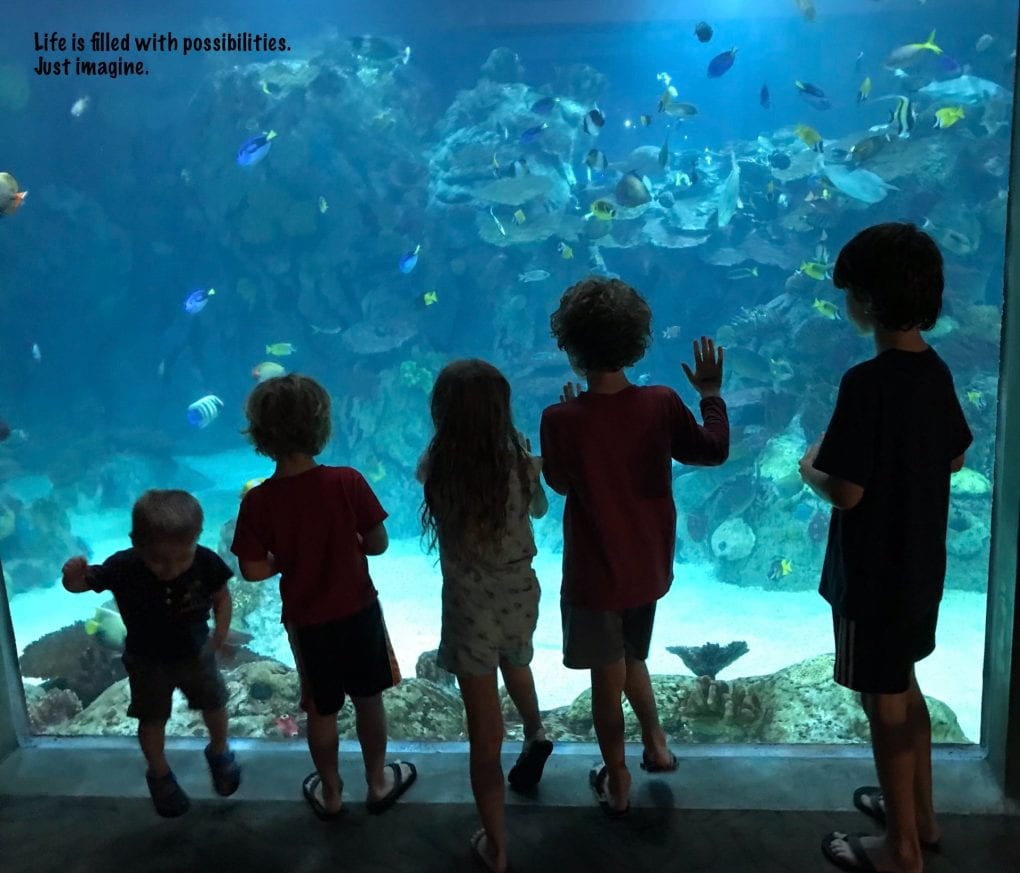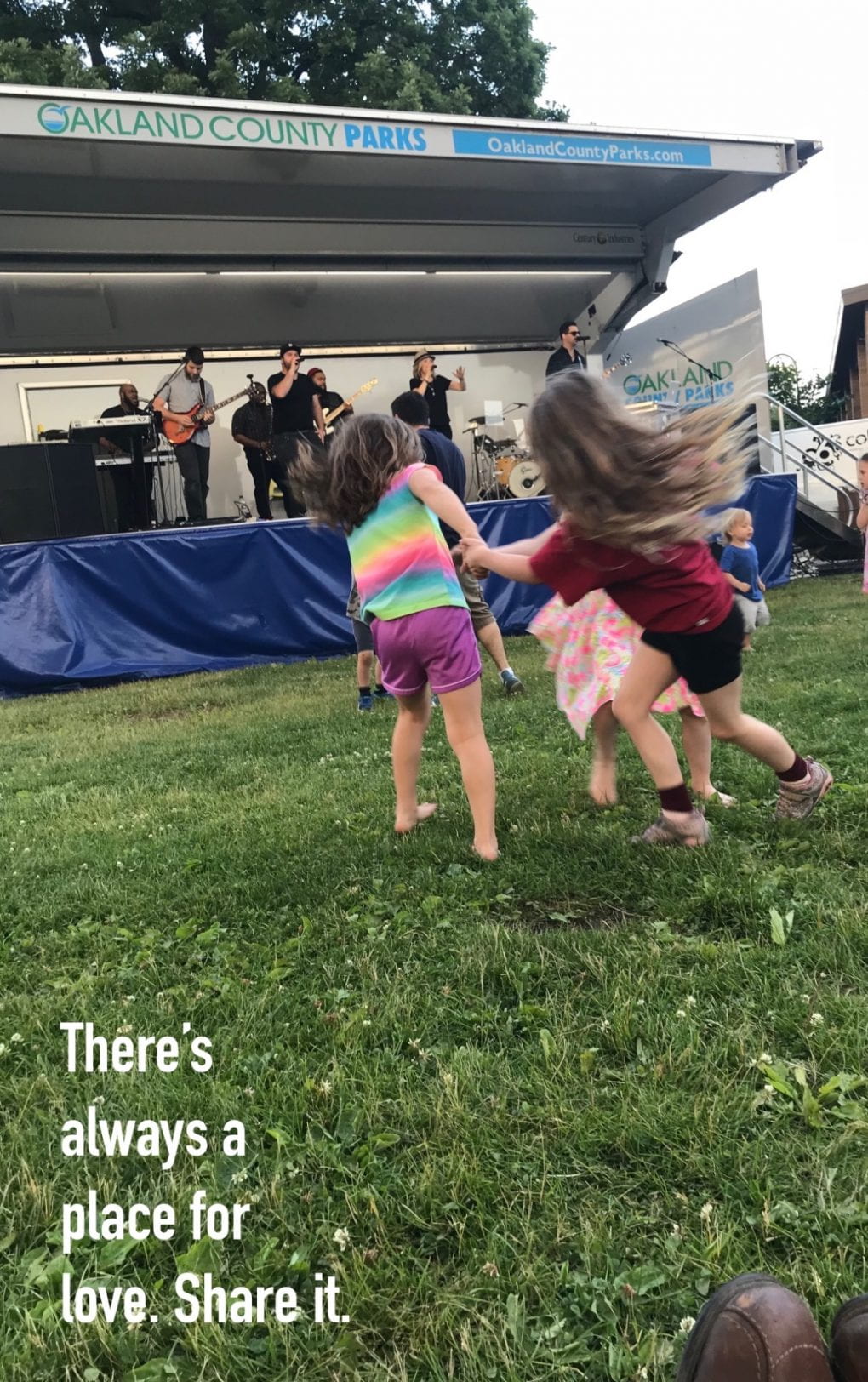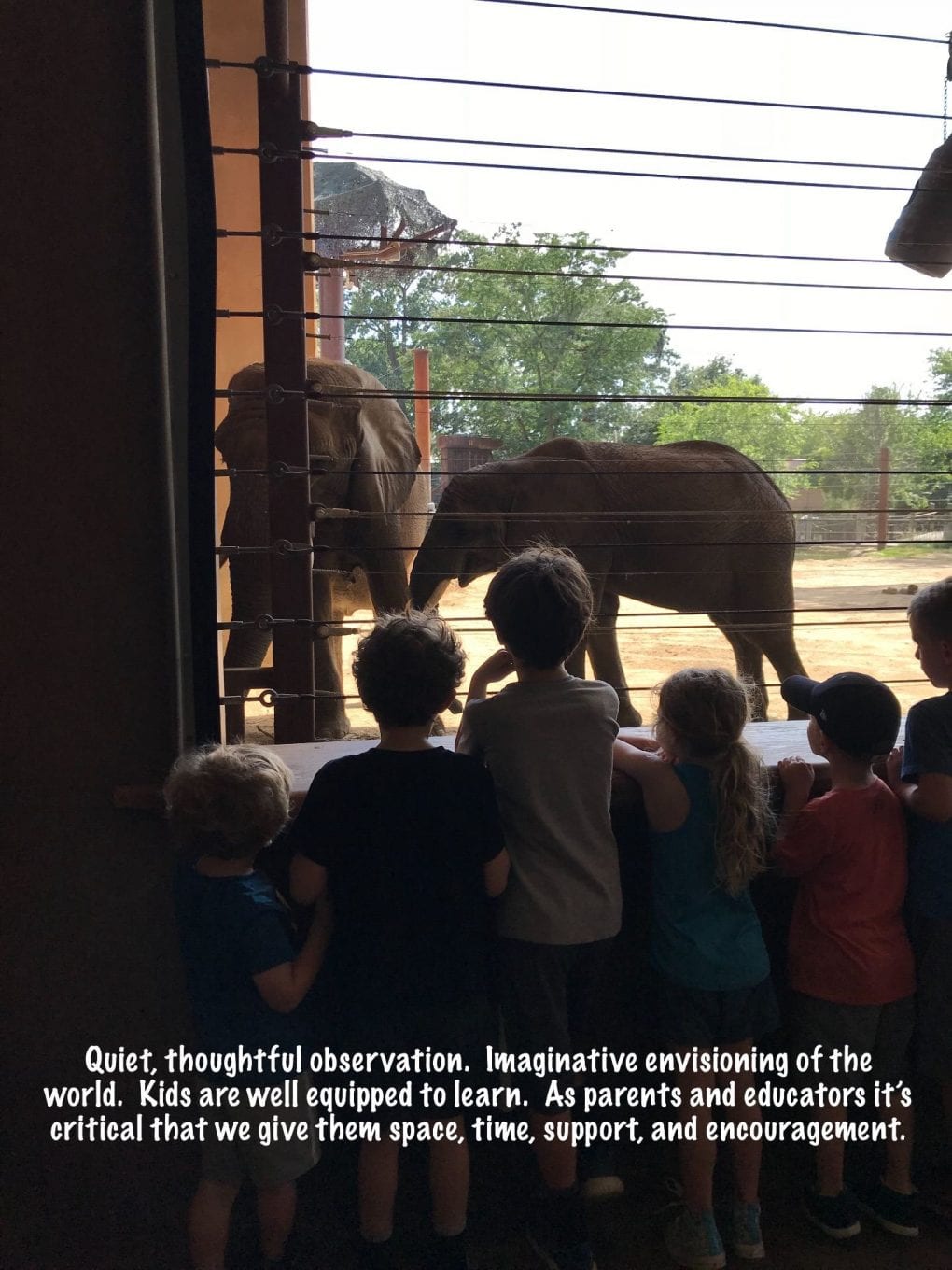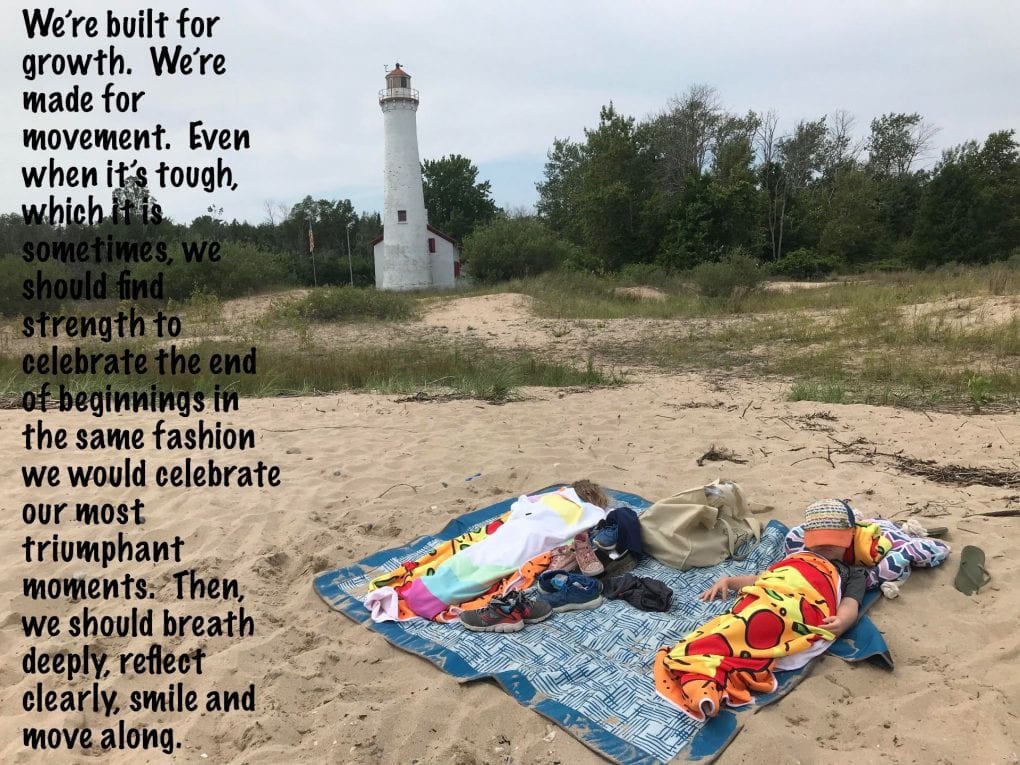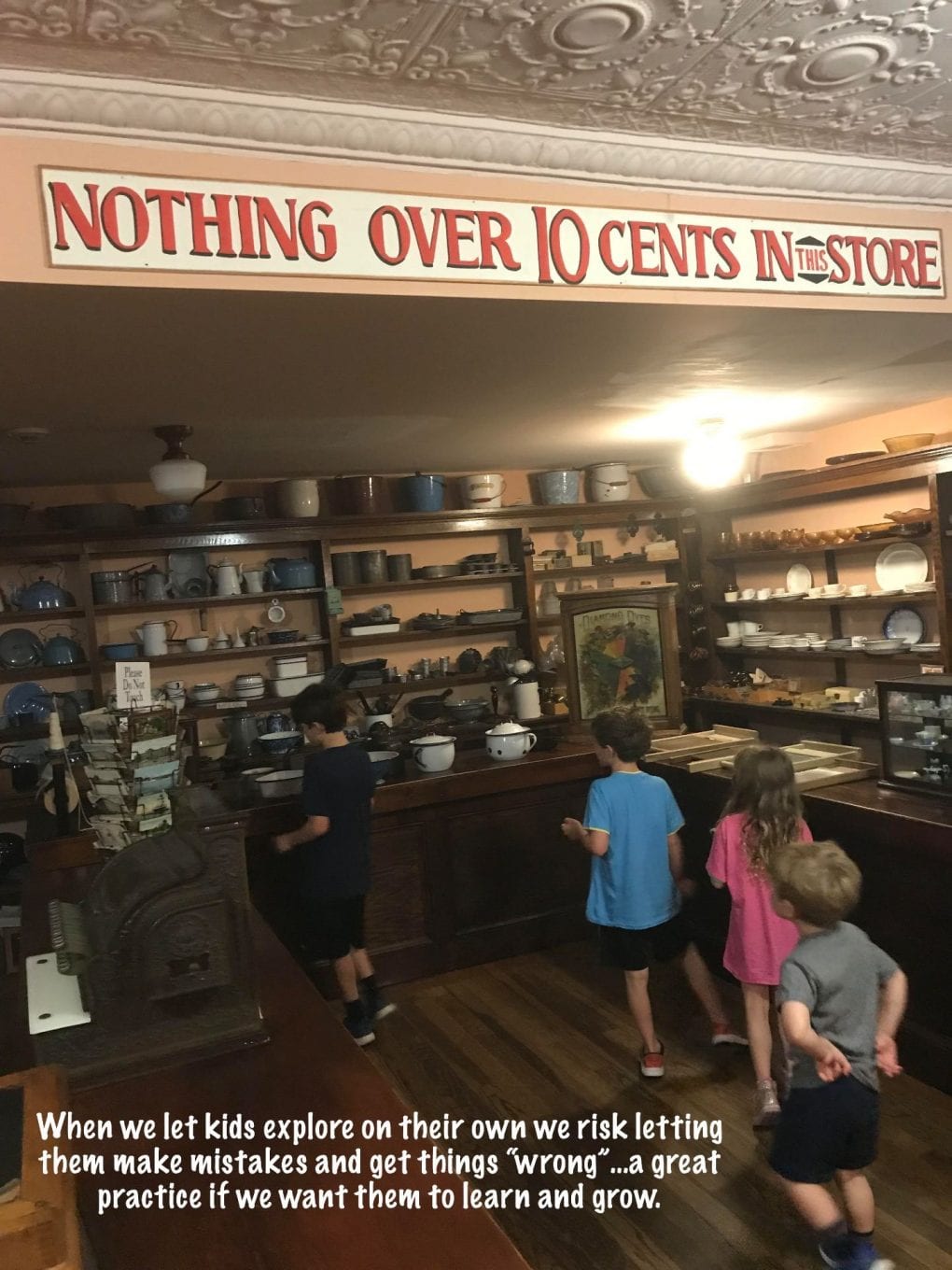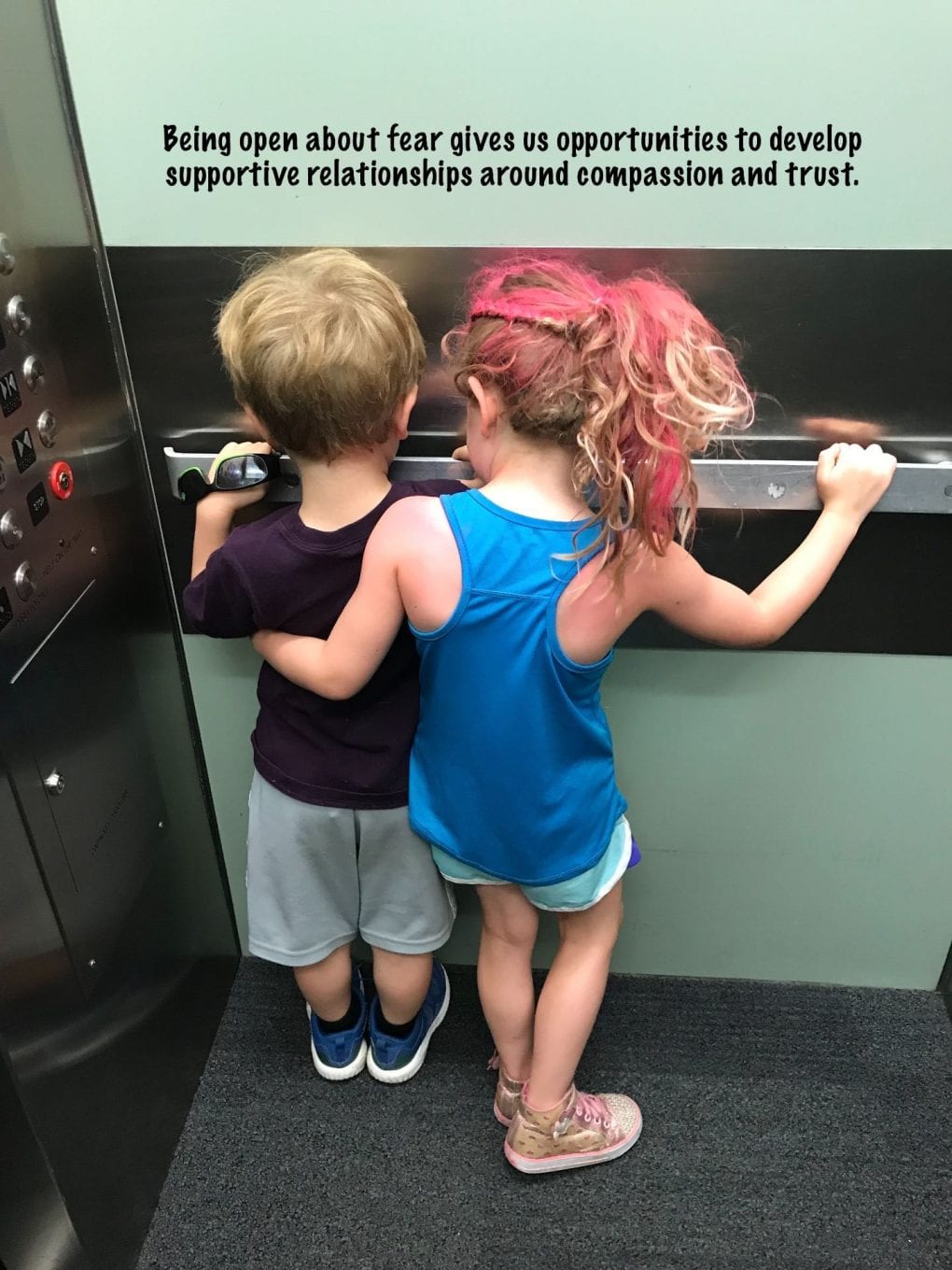Well? Triggered Not Trapped
How do you feel?
Well?
If so, why?
If not, why not?
Did you sleep ok last night? How about that list you’re working on? You know, all the tasks you have to accomplish today. How’s that going, so far?
What about the people in your life? Are your personal and professional relationships intact? Any challenges needing to be addressed, problems needing to be solved, or conversations needing to be had?
This is a very abbreviated list of the kind of stuff each of us has to think about as the moments of our days tick from one to the next. It can be overwhelming.
Then, with all of this in mind (and much more), we need to head off to whatever it is we need to head off to. There’s often not enough time to attend to what we need to attend to before even more piles on our already overflowing plates; our wonderfully rich, magical and joyful…still overflowing plates.
Just the effort to prioritize becomes a chore, time consuming and often stressful.
So now we’re driving to work, headed to a soccer game, going shopping, walking into a family dinner or a kids’ birthday party, setting up to sell girl scout cookies outside the local farm market, or any number of other commitments that require our immediate attention and land smack dab in the middle of those moments that just keep ticking by.
Who has time for wellbeing?
Much of the time we’re so busy just “being” whatever it is we have to be in any given moment that we tend to forget about the “well” part. We push through and we soldier on.
Sometimes I find myself rationalizing that I’m better off working through head aches and/or exhaustion rather than taking breaks. I convince myself that work production, as opposed to balance, will produced diminished stress (even thought I don’t actually believe it). Actually, the opposite usually seems to be true. More balance tends to produce more productivity…and more meaningful productivity, to boot.
But it’s tricky.
Sometimes plowing through to get stuff done gives us the ability to rest for stretches of time afterward. Other times resting in the moment gives us the strength and ability to dig into to work completion when we’re rejuvenated. Both seem legitimate, depending on the complexities of the situation.
That there doesn’t seem to be a clear cut rule is problematic and often confusing.
The question is how do we know?
How do we measure where we are in real-time so that we can accurately determine wellbeing-enhancing courses of action?
Our emotions can be triggered in many ways by a variety of antecedents. If we’re not careful, triggered can sometimes become trapped. When were trapped in emotional responses we think less clearly, we act more rashly, and in turn, we tend to be less connected and productive. As parents and educators we simply don’t have time to let triggered become trapped. There’s too much going on.
We’re human, and that means we can’t help being moved as the world moves around us, and as we move within the world.
We experience a range of emotions throughout each day. It’s healthy. The key is what we do with those emotions; how were process them.
We’re going to get triggered. It’s not realistic to think we won’t. It might be realistic, however, to imagine a paradigm in which we don’t get trapped in emotions after being triggered. It’s reasonable to expect that we can managed triggered emotions so that they don’t get in the way of our forward progress.
Since we’re each unique, I’d suggest that the path could, would, and should be different for each of us as well. For that reason I have very simple advice here: take some time to make a list of things you can do to prevent being triggered from becoming being trapped, write it down, post it on your refrigerator, and and then play with the items on that list when it happens.
What calms you?
What energizes you?
What revitalizes you?
What fills you with compassion?
What helps you understand?
Thoughtfulness drives thoughtfulness. Joy drives joy. Hurt drives hurt. We tend to get back what we give. Being able to decide what you give is a meaningful ability, and in my opinion, well worth working diligently at.
Get good at not being trapped. Have fun with it. Celebrate your successes. Forgive your failures. Keep trying, keep playing, keep having fun, keep celebrating, and keep forgiving. Keep making the world a better place for yourself, your those around you, and for everyone else, too. You might like it.
In it together for the kids.
Live. Love. Listen. Learn. Lead. Thanks!


